by Leo Apr 11,2025
With Monster Hunter Wilds breaking Steam records and Resident Evil reaching new heights of popularity thanks to Village and a series of stellar remakes, it's clear that Capcom has found a winning formula. Yet, this wasn't always the case. Just a few years ago, after a series of critical and commercial flops, Capcom found itself struggling to maintain its audience and its identity.
Capcom's flagship series, Resident Evil, had lost its edge following the success of Resident Evil 4. The iconic survival horror franchise seemed to have drifted from its roots, and Street Fighter, another cornerstone of Capcom's legacy, was faltering after the disappointing reception of Street Fighter 5. The company was on the brink of a crisis.
However, a pivotal shift in Capcom's approach to game development, coupled with the introduction of a new, powerful game engine, breathed new life into these beloved franchises. This transformation set the stage for a remarkable resurgence, propelling Capcom back to the forefront of the gaming industry.
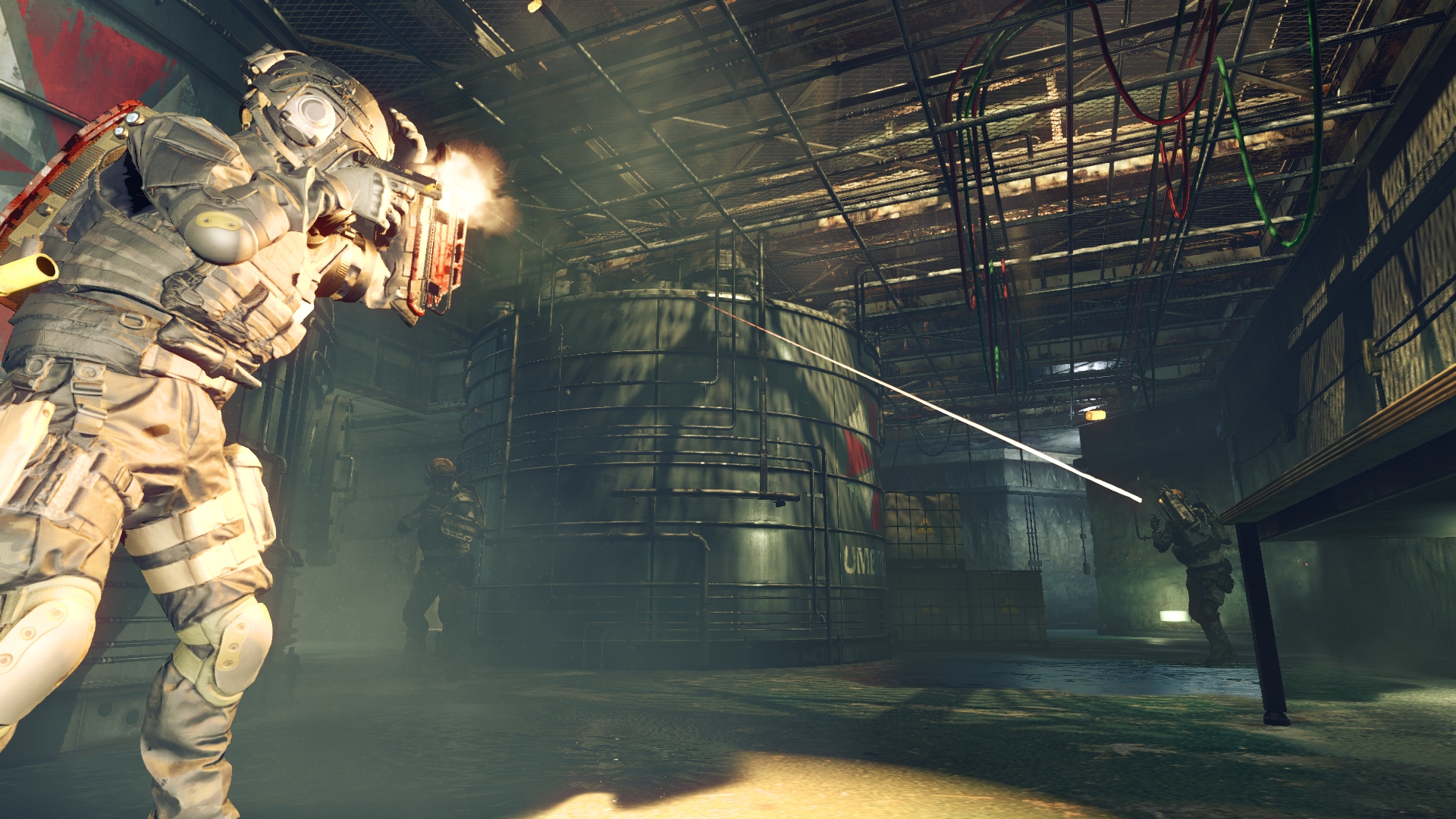
2016 was a challenging year for Capcom. The release of Resident Evil: Umbrella Corps, an online co-op shooter, was met with harsh criticism from both reviewers and fans. Similarly, Street Fighter 5 disappointed many with its lackluster execution, and Dead Rising 4, featuring the return of Frank West, became the final entry in the series.
This period marked the nadir of a challenging stretch for Capcom, which had been facing declining critical reception for its mainline Resident Evil games, despite strong sales. Street Fighter was struggling, and other key franchises like Devil May Cry were absent from the scene. Meanwhile, Monster Hunter, though a massive hit in Japan, struggled to gain traction internationally.
"Many of us started feeling that what the fans and players wanted from the series was getting a little bit separate from what we were making," reflected Capcom's creative team. This sentiment was a far cry from the Capcom we know today, which has been on a winning streak since 2017, releasing a series of critically acclaimed games from its most famous franchises, including Monster Hunter World, Devil May Cry 5, Street Fighter 6, and a trio of industry-leading remakes, alongside a successful soft reboot of Resident Evil.
Capcom's turnaround was not just about learning from past mistakes. It involved a comprehensive reevaluation of its strategy, from targeting different types of players to adopting new technology. To understand this transformation, IGN interviewed four leading creatives at Capcom, who shared insights into the company's journey from struggle to success.
Founded in 1979, Capcom initially made its mark with 2D games like Street Fighter and Mega Man during the '80s and '90s. The transition to 3D gaming with titles like Resident Evil was a significant achievement, culminating in the release of Resident Evil 4 in 2005, widely regarded as a masterpiece.

Resident Evil 4's innovative blend of horror and action set a new standard, but subsequent games struggled to maintain this balance. By 2009, Resident Evil 5 had shifted towards more action-oriented gameplay, losing the series' core identity. This trend continued with Resident Evil 6 in 2012, which tried to cater to both horror and action fans but ended up satisfying neither.
Street Fighter faced similar challenges. After the success of Street Fighter 4, the sequel, Street Fighter 5, released in 2016, was criticized for its lack of single-player content and poor online functionality. This disappointment was echoed across other Capcom franchises, including Devil May Cry, which saw declining returns and led to outsourcing the development of DmC: Devil May Cry to Ninja Theory.
Amid these struggles, Capcom initiated a series of strategic changes that would redefine its future. The first step was addressing the immediate issues with Street Fighter 5, bringing in new directors to stabilize and improve the game.

By the mid-2010s, Capcom began implementing changes to turn its fortunes around. The focus started with fixing Street Fighter 5, a task taken on by director Takayuki Nakayama and producer Shuhei Matsumoto. Although they joined the project later, they were tasked with addressing the game's most pressing issues.

Despite the constraints, Nakayama and Matsumoto worked tirelessly to improve Street Fighter 5, using it as a testing ground for ideas that would later inform the development of Street Fighter 6. "We just didn’t really have enough time to address some of the problems and challenges we faced in Street Fighter V," Nakayama explained. "And so, with our hands tied behind our backs, we basically had to wait for those ideas to be brought back for the initial conceptual phases for Street Fighter 6."
Matsumoto added, "There wasn’t any sort of sense of like, ‘Okay let’s just end Street Fighter 5 and focus on Street Fighter 6.’ It was more like, while we were working on Street Fighter V, we were trying to figure out what we really wanted to do in Street Fighter 6 content-wise."
The team treated Street Fighter 5 as a laboratory for learning from their design mistakes and refining their approach for the next installment. This process included updates to netcode, character re-balances, and the introduction of new mechanics like V-Shift, which were tested in Street Fighter 5 before being implemented in Street Fighter 6.
Capcom's broader goal was to recapture the fun that fighting games should embody. "We both realized that fighting games are fun, and when you get used to them, it becomes more enjoyable and something you can essentially play forever as long as you have an opponent to play against," Matsumoto noted. "However, one of the challenges that we faced with Street Fighter V is that we felt that there wasn’t a clear pathway that helped guide players to get to that level where they finally feel like they’re having fun and will want to continue playing."
Street Fighter 6, released in 2023, was a testament to the lessons learned from Street Fighter 5, launching as one of the most critically acclaimed games in the franchise. This success underscored the importance of Capcom's strategic shift, which was further supported by significant behind-the-scenes changes.
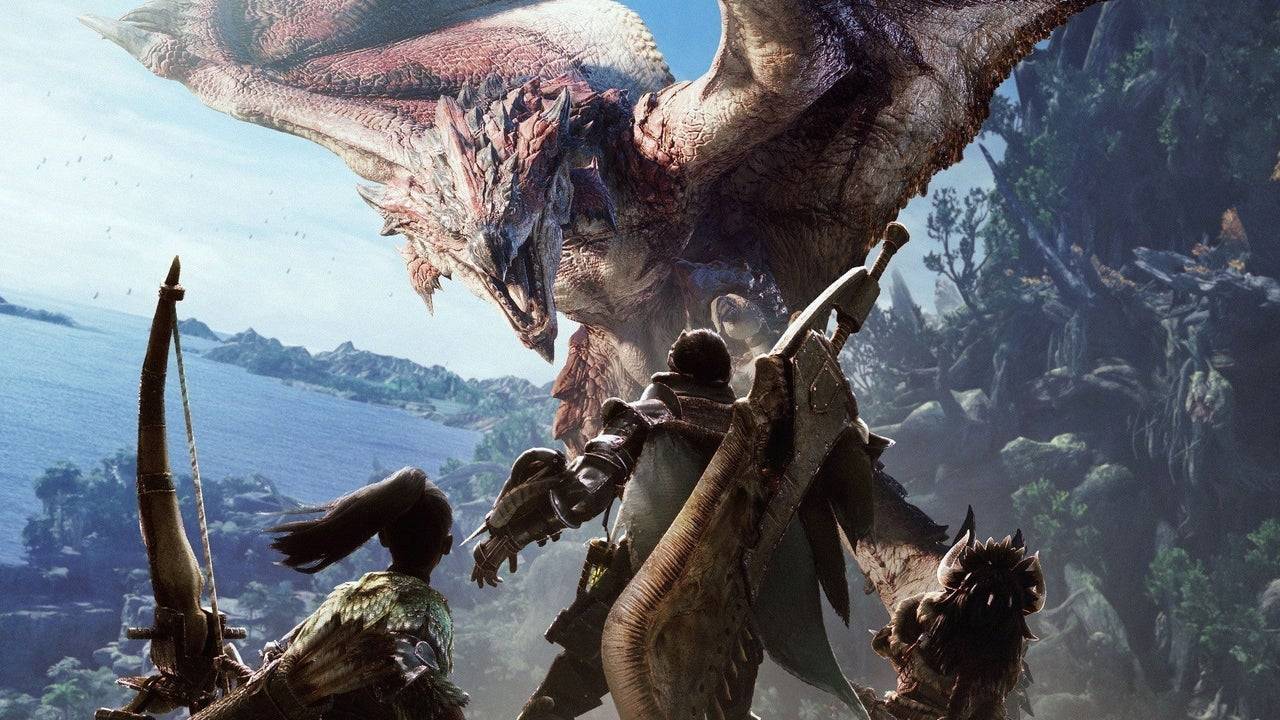
Around the time of Street Fighter 5's launch, Capcom underwent an internal reorganization to prepare for a new generation of games powered by the RE Engine, replacing the aging MT Framework. This change was not just about technology; it also included a new mandate to create games for a global audience.
"It was a few factors that came together," said Hideaki Itsuno, known for his work on Devil May Cry. "The change of the engine and also all teams were given a very clear goal at that point to make games that reach the global market. [Games] that are fun for everyone."
During the PS3 and Xbox 360 era, Capcom's focus on capturing the Western market with action-heavy titles like Resident Evil 4 and spin-offs like Umbrella Corps and Lost Planet was largely unsuccessful. The company realized it needed to create universally appealing games.
"I think that we had that clear goal of just focusing and not holding anything back," Itsuno added. "Towards making good games that would reach people from all over the world."
The pivotal year of 2017 marked the beginning of Capcom's renaissance, with the launch of Resident Evil 7. No series better exemplifies Capcom's new global focus than Monster Hunter. Despite its strong following in Japan, Monster Hunter had struggled to break into international markets.
Monster Hunter's success on the PSP with Monster Hunter Freedom Unite highlighted the strength of Japan's handheld gaming market, which facilitated multiplayer gameplay without internet access. "20 years ago in Japan, having a network connection wasn't as easy, and there weren’t a huge amount of people playing Monster Hunter online," said Ryozo Tsujimoto, the series' executive producer. "However, handheld consoles made multiplayer gameplay easy without internet access, and I regard it as a great success that we had players experience the game in this way."
This focus on local multiplayer in Japan inadvertently reinforced Monster Hunter's image as a Japan-only brand, even as Western fans eagerly awaited more content. As online gaming became more widespread globally, Tsujimoto and the team saw an opportunity to launch a more accessible Monster Hunter game.
Monster Hunter: World, released in 2018 on PlayStation 4, Xbox One, and PC, marked a significant shift. It was designed for a global audience, with simultaneous worldwide release and no region-exclusive content. "Our approach to the globalization of the series and Monster Hunter in general really ties into not only the themes that we had going into designing the game, but also in the name of the game," Tsujimoto explained. "The fact that we called it Monster Hunter: World is really kind of a nod to the fact that we wanted to appeal to this worldwide audience that we wanted to really dig into and experience Monster Hunter for the first time."
The team conducted global focus tests to refine the game's systems, resulting in changes like displaying damage numbers when players hit monsters. These tweaks, combined with the game's existing formula, led to unprecedented success, with Monster Hunter: World and its follow-up, Monster Hunter Rise, selling over 20 million copies each.
"At its heart, Monster Hunter really is an action game, and that sense of accomplishment you get from really mastering that action is an important aspect of Monster Hunter," Tsujimoto emphasized. "But for newer players, it's really about getting to that point. The steps involved in getting to that sense of accomplishment is what we're trying to strategize for, in terms of designing for new players."
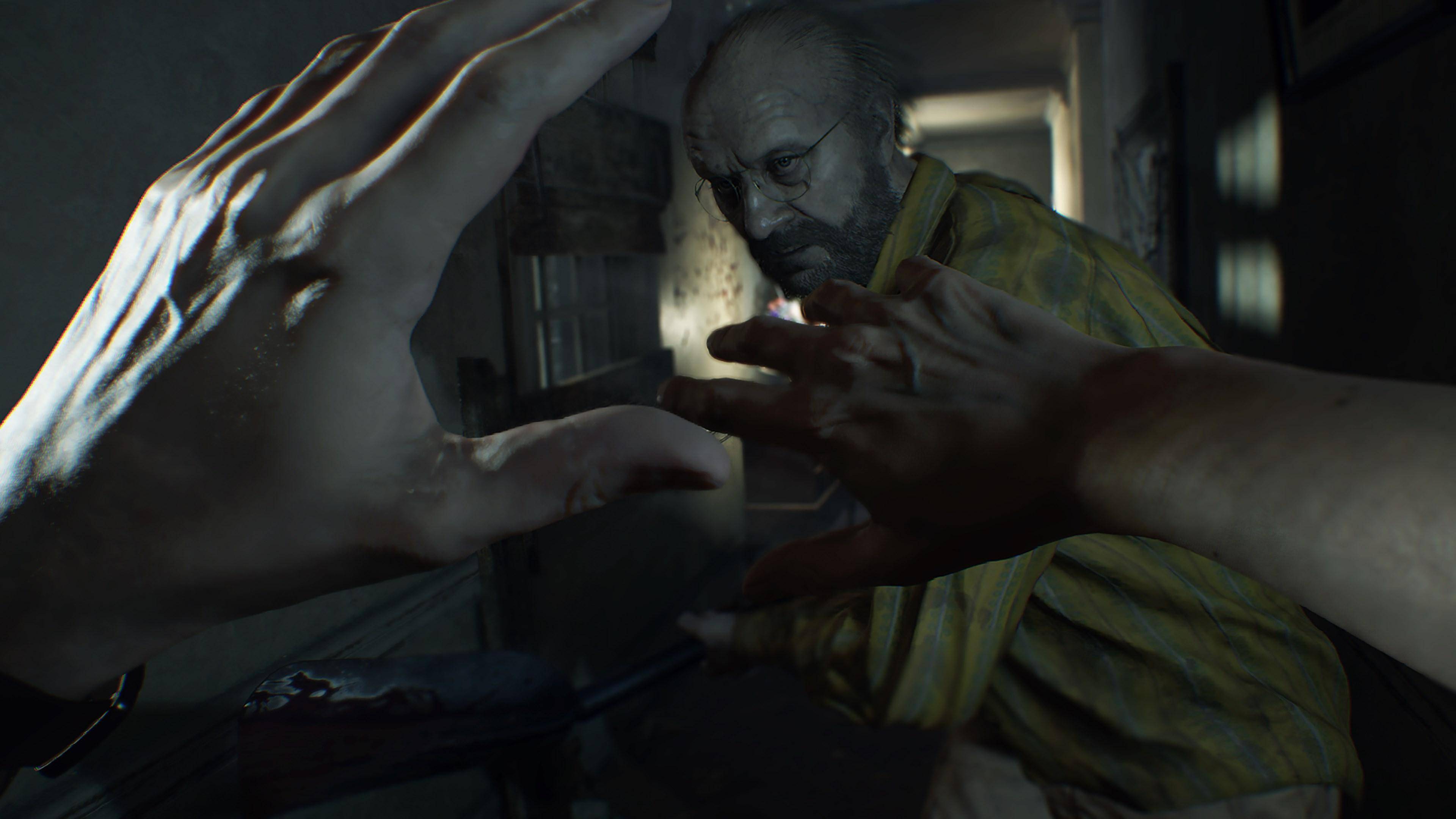
Monster Hunter's success was a beacon of hope, but Capcom's other franchises required a similar reinvention. For Resident Evil, the decision was made to return to its survival horror roots. "It was around the time I was working on Resident Evil Revelations 1 and 2," said Yasuhiro Ampo, director of Resident Evil 2 and 4 remakes. "And around this time is when the R&D teams were divided into R&D division one and two. The executive producer of the Resident Evil series, Jun Takeuchi, took command of R&D division one, and he set the core direction that the Resident Evil series needed to go back to its origins, to its roots."
Resident Evil 7, announced at PlayStation's E3 2016 conference, shifted to a first-person perspective, reigniting the series' focus on horror. "With Resident Evil 7, the executive producer, Jun Takeuchi, made it clear that we cannot underestimate how critical it is for the series for it to be scary and about survival," Ampo explained. "So he made it clear that Resident Evil 7 would go back to its origins, it would be very cautious with its survival elements."
The game's success marked a return to form for the series, with its southern gothic setting and intense atmosphere ranking it among the scariest entries in Resident Evil history. While Resident Evil 7 and 8 maintained a first-person perspective, Capcom also capitalized on the demand for remakes, starting with Resident Evil 2.
"It was like, ‘all right people really want this to happen.’ So producer [Yoshiaki] Hirabayashi came up with the slogan: ‘Well, we’ll do it,’" Ampo shared. The Resident Evil 2 remake combined horror with action and puzzles, introducing the menacing Mr. X system, and became the second best-selling game in the franchise.
Following the success of Resident Evil 2, Capcom remade Resident Evil 3. Despite initial hesitation, the team also tackled a remake of Resident Evil 4, a game still beloved for its balance of action and horror. "As you mentioned, [Resident Evil 4] was still a title that enjoyed some popularity," Ampo noted. "So there was a lot of internal discussion on how maybe it’s not a good idea. Maybe we don’t need a remake for Resident Evil 4, especially because Resident Evil 4 is a game that is so beloved. If we get anything wrong with the remake, people might be quite vocal about their discomfort."
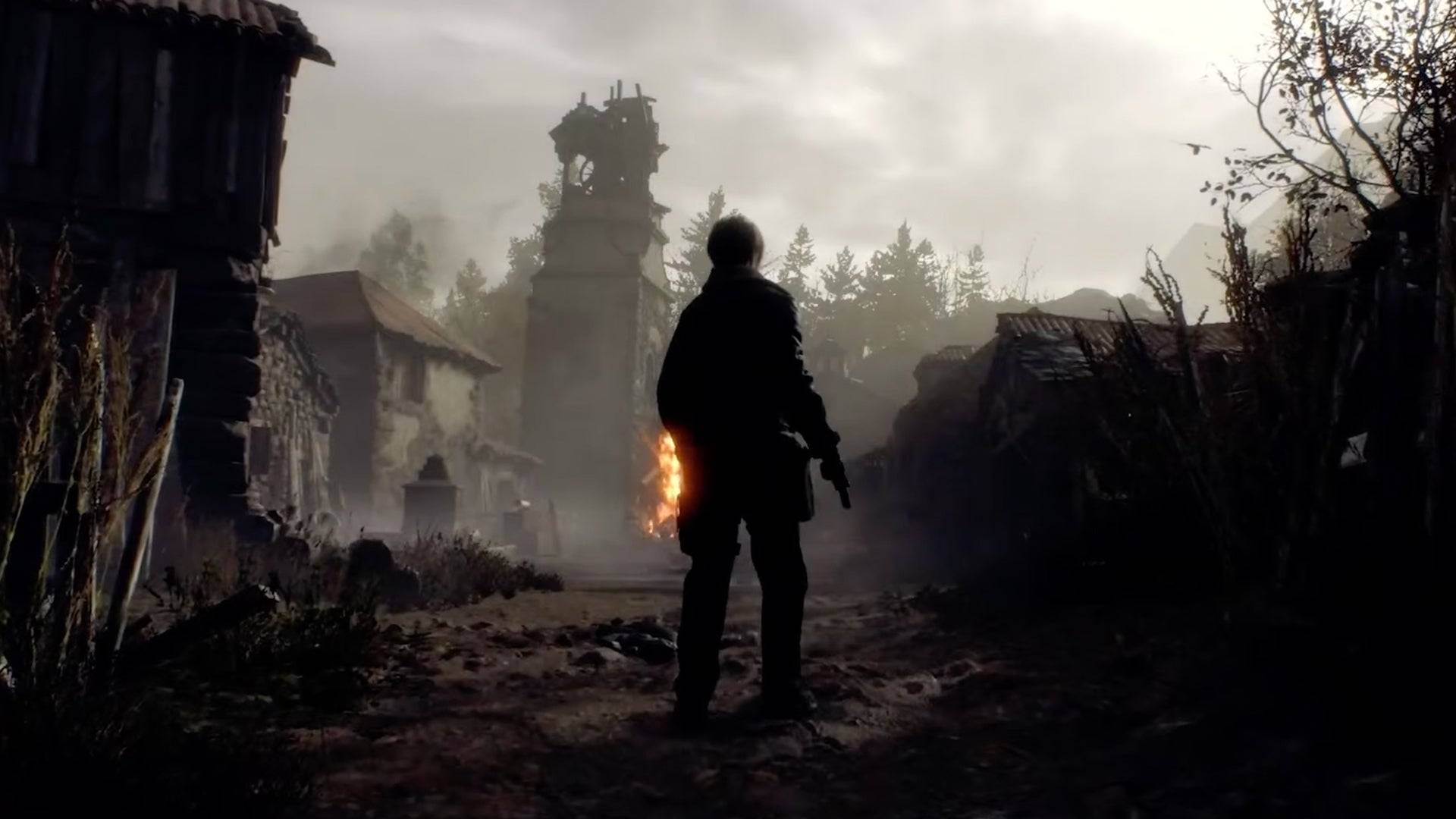
The Resident Evil 4 remake successfully refined the action-horror balance, maintaining the series' survival horror roots while enhancing its darker tone. Around the same time, Devil May Cry director Hideaki Itsuno, after working on Dragon's Dogma, returned to the series with a vision to challenge the action genre's softening trends.
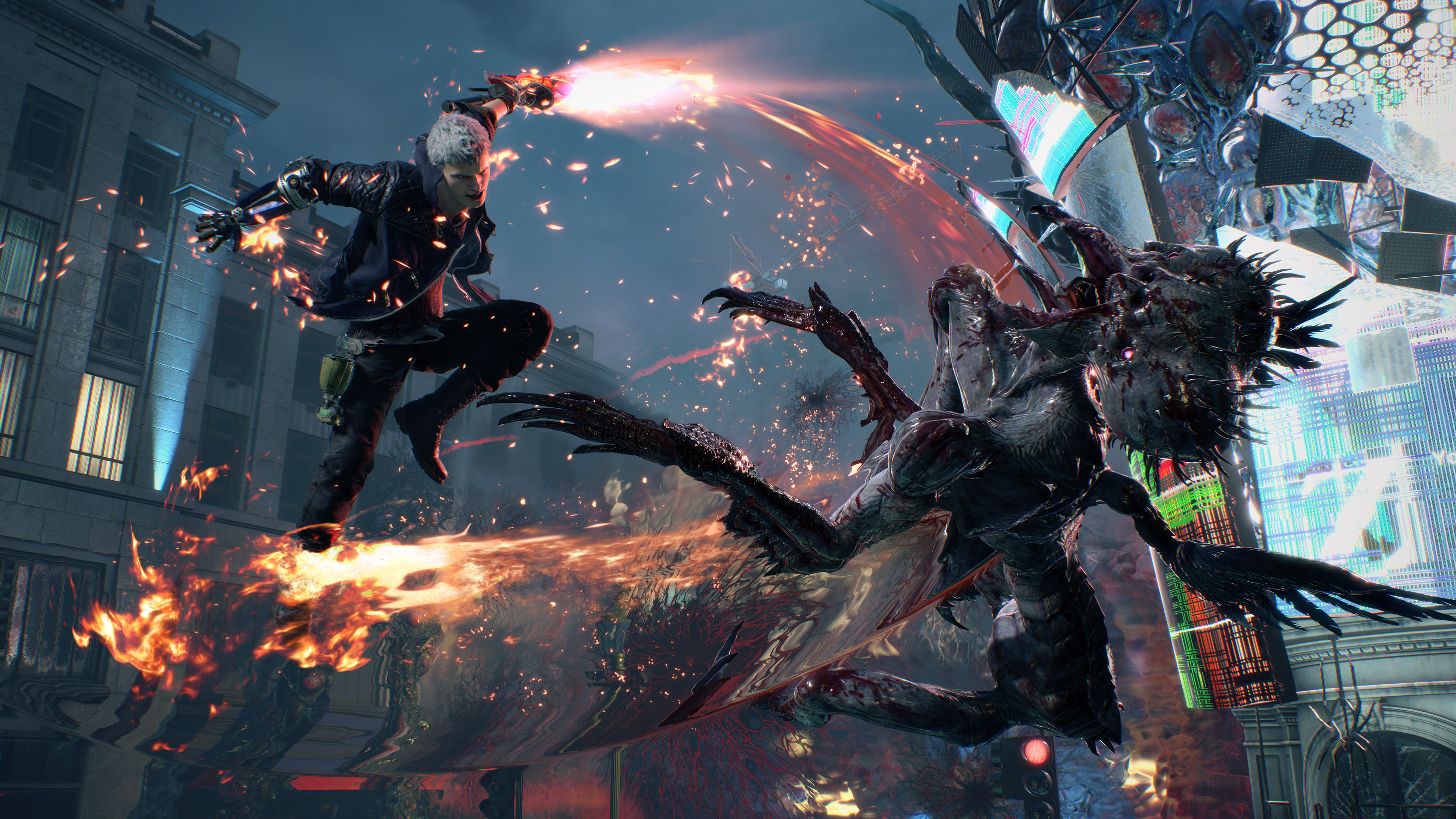
"I felt like the main trend with action games was to make action games that were very kind," Itsuno admitted. "Maybe, for me, a little bit too kind to the players, lending a hand to the player too much to my liking."
Itsuno's return to Devil May Cry after a decade was marked by the introduction of the RE Engine, which enabled higher visual fidelity and more agile development. "Technology-wise, there were not just little improvements that you would have when you work on a series consecutively," Itsuno said. "When there’s a wide timeframe, [the technology] changes significantly."
The RE Engine's capabilities allowed Itsuno to realize his vision of creating the "coolest" action game, incorporating elements from various media and experiences. "Devil May Cry is a franchise that stands on being cool," Itsuno stated. "That’s what the franchise is, it’s about being cool. Ever since I took over the series from Devil May Cry 3, I put everything that I, as a person, I considered throughout my life to be cool."
Since 2017, Capcom has released a game of the year contender almost annually, a feat that sets it apart from many of its peers. This success is built on a strategy focused on creating globally appealing games using the advanced RE Engine, which supports a variety of genres.
Capcom's ability to maintain the essence of its franchises while expanding their reach is particularly noteworthy. Whether it's the survival horror of Resident Evil, the competitive spirit of Street Fighter, or the unique battle systems of Monster Hunter, Capcom has struck a balance that resonates with millions of players worldwide.
"Capcom is going through a golden era, and, well, now we have to do everything we can so that this lasts one more year, one more year, and every year, one more year," said Monster Hunter's Tsujimoto. "Hopefully we can extend it as long as we can."
Street Fighter's Nakayama added, "It’s a very exciting time to be at Capcom right now. A lot of us are able to get excited about what we’re working on and are able to focus on things that we think are fun. So, yes, I guess a golden age may be one interpretation of that."
Capcom's journey from near failure to a new golden age serves as a testament to the power of strategic reinvention and a commitment to quality and innovation. As the company continues to push boundaries and deliver exceptional gaming experiences, its golden era shows no signs of slowing down.
Zenless Zone Zero Update Cycle Leak Hints at Future Content cadence
All Mavuika Materials, Kit, and Constellations in Genshin Impact
Counterfeit Bank Simulator: Minting Solution for Economic Crises
Marvel Rivals: Season 1 Dracula Explained
Best Xbox Game Pass Games For Kids (January 2025)
Solo Leveling: Global Tournament Draws Near
Power Rangers: Uncover Hidden Secrets in Rita's Carnival and Cemetery
Roblox: Anime Auras RNG Codes (January 2025)
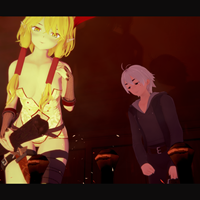
Guild of Spicy Adventures 0.55
Download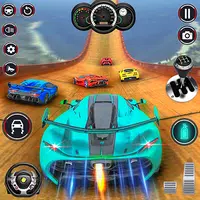
Impossible GT Stunt Sports Car
Download
Bar Abierto Caça Niquel
Download
Crossword Islands
Download
My Taco Shop: Food Game
Download
4Play - Mau Binh Online
Download
Word Games: Sex Word Puzzle
Download
VEGA - Game danh bai doi thuong
Download
Offline Mini Games All in One
DownloadSAG-AFTRA, Game Companies Still at Odds Over AI Terms
Dec 22,2025

E.T.E Chronicle Release Schedule Set
Dec 22,2025
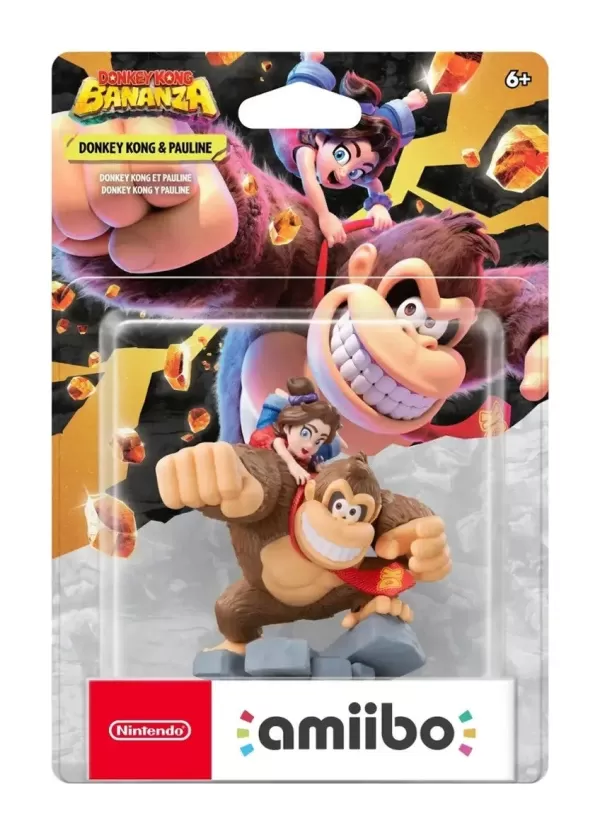
Donkey Kong Amiibo Preorders Open Now
Dec 22,2025
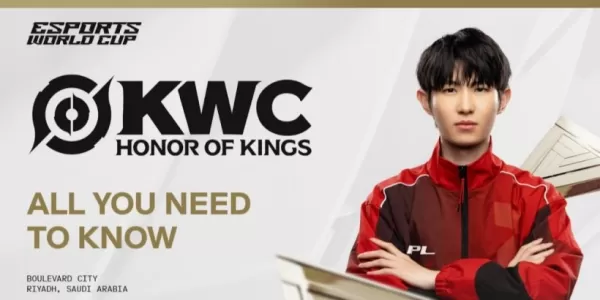
Honor of Kings to Join 2025 Esports World Cup
Dec 22,2025
Konami Celebrates Silent Hill 2 Remake Milestone of 2 Million Sales
Dec 21,2025